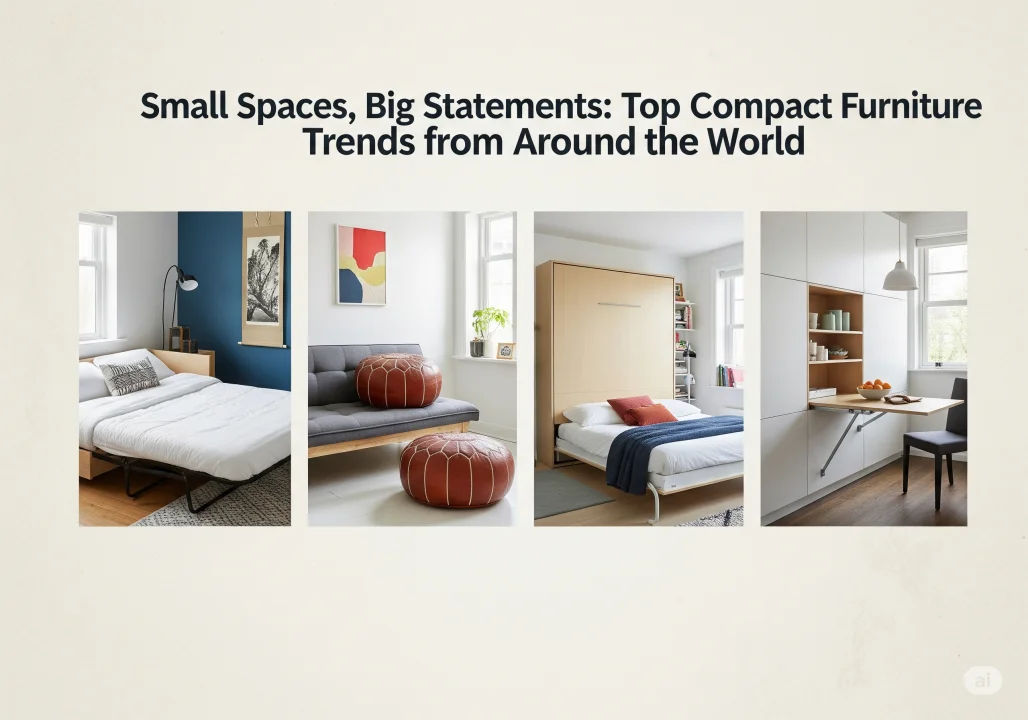In today’s rapidly evolving design landscape, artificial intelligence (AI) is transforming how furniture is conceptualized, designed, and manufactured. Gone are the days when bespoke interiors meant long wait times and limited options. Thanks to AI-powered tools, designers can now create fully customized furniture tailored to individual preferences, ergonomics, and spatial requirements with unprecedented speed and precision. This fusion of human creativity and machine intelligence is not only enhancing personalization but also driving sustainability and innovation in the furniture industry — ushering in a new era of intelligent interiors.
How AI is Transforming Custom Furniture Design
Artificial intelligence is revolutionizing the furniture industry by enabling designers to generate unique, personalized pieces efficiently. Using generative design algorithms, AI can explore thousands of design variations based on user inputs such as room dimensions, style preferences, and ergonomic needs. This process helps identify optimal shapes, materials, and structures that may not be apparent through traditional design methods.
Additionally, AI-driven software can simulate how furniture will perform under various conditions, improving durability and comfort. This level of customization ensures that each piece is not only visually appealing but also functionally perfect for the individual user. By streamlining prototyping and reducing the trial-and-error phase, AI also significantly cuts down design time and costs, making custom furniture more accessible to a broader audience.
Examples of AI in Furniture Design
Several forward-thinking brands and designers have already begun harnessing AI to revolutionize custom furniture. For instance, companies like Havenly and Modsy use AI-powered platforms to create personalized interior design plans, including furniture recommendations tailored to clients’ tastes and spaces.
On the manufacturing side, startups such as Zebrawood employ generative design to develop ergonomic chairs and tables optimized for both comfort and material efficiency. AI is also used to create adaptive furniture that can adjust to user posture or room layout, blending functionality with futuristic innovation.
These examples illustrate how AI is enabling a new level of creativity and precision in furniture design — making it possible to deliver bespoke pieces faster, smarter, and more sustainably.
Environmental Benefits and Sustainability
AI-driven custom furniture design is not only about personalization but also about fostering sustainability. By precisely calculating material requirements and optimizing designs for strength and durability, AI minimizes waste during production. This targeted approach reduces excess inventory and the environmental impact associated with traditional mass manufacturing.
Furthermore, AI can suggest eco-friendly materials and sustainable manufacturing processes, aligning furniture production with the growing consumer demand for greener products. Made-to-order furniture enabled by AI means fewer unsold items and less resource consumption, contributing to a circular economy in the furniture industry.
As sustainability becomes a priority, AI-powered design offers a powerful tool to create beautiful, functional furniture with a lighter ecological footprint.
Challenges and Future Outlook
Despite its promise, AI-powered custom furniture design faces several challenges. One concern is the balance between algorithm-generated creativity and human artistic touch—some fear AI may limit originality or homogenize design styles. Additionally, the integration of AI into traditional craftsmanship raises questions about the future role of skilled artisans and designers.
Data privacy is another issue, as AI systems require detailed user information to tailor designs effectively. Ensuring that this data is handled responsibly will be crucial to gaining consumer trust.
Looking ahead, AI’s role in furniture design is expected to grow, driving innovation in smart, adaptable furniture that responds dynamically to user needs. Advances in machine learning may enable even deeper personalization and more efficient manufacturing. Ultimately, AI has the potential to democratize custom furniture, making high-quality, personalized interiors accessible to a wider audience while promoting sustainability.
AI-powered custom furniture design is redefining how we create and experience interior spaces. By combining human creativity with machine intelligence, this innovative approach offers unparalleled personalization, enhanced sustainability, and faster production times. While challenges remain, the potential for AI to transform the furniture industry is immense, promising a future where bespoke, eco-friendly interiors are accessible to all. For FurniPress readers, embracing AI technology means staying ahead in the evolving world of design innovation.






